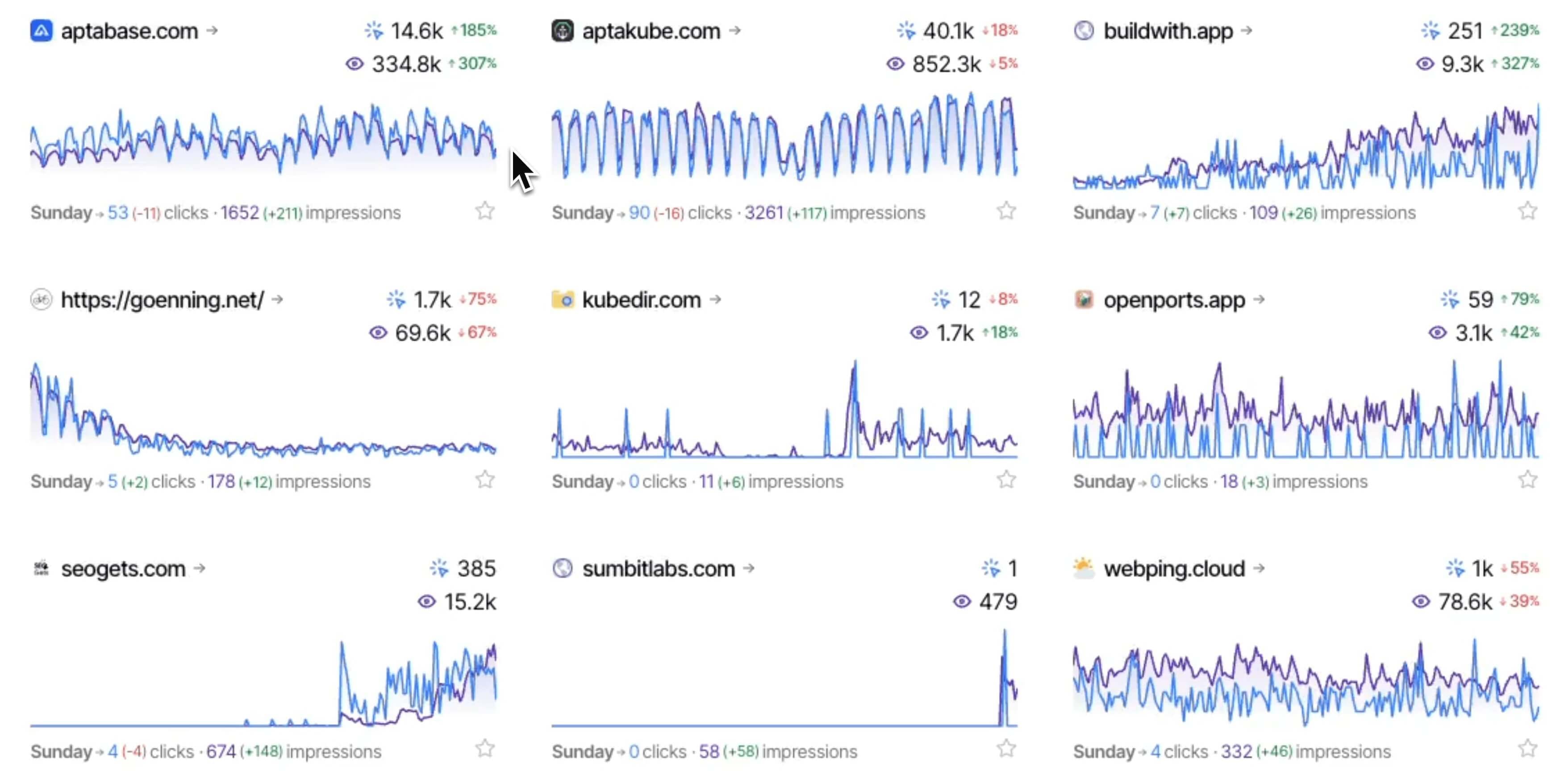I’ve been seeing a lot of screenshots on LinkedIn lately. You know the ones. Ahrefs graphs showing traffic climbing up and to the right, with captions like “SEO is crushing it!” or “Look at this organic growth!”
Here’s my hot take. Most people have a fundamentally flawed perspective when it comes to SEO analytics.
The Problem with Third-Party Analytics Tools
Let me start with something that drives me nuts as an analytics guy. I’m going to take a quick shot at SimilarWeb here.
SimilarWeb told us we had 47,000 visits to our website last month. When I checked our actual first-party data for June, we had 11,400 visits.
That’s about 20% accuracy. And this isn’t a one-off problem.

I have never once across all the sites I manage and have had access to seen SimilarWeb even remotely close to accurate. I’m talking nowhere near 70%-80% accurate, let alone the kind of precision you need for business decisions.
So when I see people referencing SimilarWeb in studies and analyses, I have to wonder. Has anyone actually compared their estimates to real data? If you have, please show me, because I’d love to be proven wrong.
I would never trust SimilarWeb as a data source for anything important.

Why First-Party Data Tells the Real Story
Even Ahrefs isn’t perfect, but it’s better than SimilarWeb. The real story always lives in your first-party data. Your actual analytics, not estimates.
Here’s what our first-party data showed for our website page counter tool last month.
We had 3,100 visitors to this specific page in June alone. That’s what all the SEO celebration was about. This one page driving most of our “success.”

Breaking down the traffic geographically, 2,600 visitors from the United States and 800 from the UK over the entirety of its existence. These are exactly our target demographic countries, so the targeting looked solid.
We had 145 people click our “try free” button, which seemed like decent engagement for a free tool.

The Reality Check When Growing Traffic Means Zero Revenue
Now I’m going to give you about five seconds to guess how many paid subscribers we got from this page that had 25,000 total visitors and 2,600 targeted US visitors.
Zero.
Zero paid subscribers from this “successful” SEO page.

This is where the disconnect happens. SEO teams are celebrating traffic growth while the business side is wondering why revenue isn’t following.
We’re not Coca-Cola or Nike trying to build brand awareness. We need a return on our investment, and traffic without conversions isn’t a return.
So What Actually Drives Subscriber Growth?
Want to know what has driven more paid subscribers than our free tool with 25,000 visitors?
A single mention in a Backlinko article about SEO tools.

One piece of targeted content in front of the right audience beat months of SEO-optimized content that attracted thousands of visitors.
This tells us everything about the difference between traffic volume and traffic quality.
The Accountability Problem in Marketing
I’ve heard people compare marketing departments to HR departments, saying marketing shouldn’t be as responsible for revenue as HR isn’t responsible for revenue.
This doesn’t make sense to me.
As long as I’ve been a marketer, I’ve understood that you need to be tracking and working toward ROI. There are more pieces to the puzzle, sure, but accountability to business outcomes has to be part of the equation.
If you’re coming into meetings showing traffic graphs while the business isn’t growing, you’re missing the point.
What KPIs Actually Matter for SEO
Leads or revenue should always be the northstar KPI when it comes to SEO.
As long as I’ve been a marketer, I’ve come to this understanding that you need to be tracking and working for an ROI.
Instead of celebrating traffic graphs, start measuring whether your SEO efforts are actually generating leads and revenue for your business.
If you’re not tracking these business outcomes, you’re not going to be accountable for real results. You can come into meetings and say “look, we’re doing a great job” while the business side is saying “no, you’re not.”

The Reality of Business Growth
The reality of business is simple. Your business won’t grow if you don’t get paying customers.
You can have the most beautiful upward-trending traffic chart in the world, but if those visitors aren’t converting to revenue, you’re optimizing for the wrong thing.
We’re not Coca-Cola or Nike trying to build brand awareness. We need a return on our investment.
Your SEO Reality Check
If you’re celebrating traffic growth but can’t draw a clear line to business results, you might need to rethink your SEO strategy.
Because at the end of the day, “traffic up and to the right” means nothing if revenue stays flat.
✨ Interested in simplifying your SEO analytics workflow? Try SEO Gets for free.

